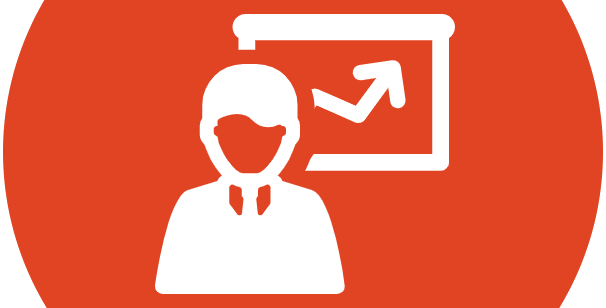
How to finance a home improvement project
Home improvement projects can breathe new life into your living space, enhance your property’s value, and improve your overall quality of life. Whether you’re planning to renovate your kitchen, update your bathroom, add an extension, or simply give your home a fresh coat of paint, the cost of these projects can add up quickly. That’s where financing comes into play. In this comprehensive guide, we’ll explore various ways to finance your home improvement project.
- Create a Budget
Before diving into financing options, it’s crucial to have a clear understanding of the scope and cost of your home improvement project. Create a detailed budget that outlines all expenses, including materials, labor, permits, and any unexpected contingencies. Having a well-defined budget will help you determine how much financing you’ll need and which options are most suitable.
- Cash Savings
If you have substantial savings set aside, using cash is often the most cost-effective way to finance your project. Paying with cash eliminates interest payments and allows you to avoid taking on debt. However, this option may not be viable for larger projects, so be sure to assess your financial situation realistically.
- Home Equity Loans
Home equity loans, also known as second mortgages, allow you to borrow money against the equity you’ve built in your home. The loan amount is determined by the difference between your home’s current market value and the remaining balance on your mortgage. These loans typically offer fixed interest rates and predictable monthly payments.
- Home Equity Lines of Credit (HELOCs)
A Home Equity Line of Credit (HELOC) is a flexible way to access funds for your home improvement project. Similar to a credit card, a HELOC lets you borrow against your home’s equity, but you only pay interest on the amount you use. It’s a revolving line of credit, which means you can borrow, repay, and borrow again as needed during the draw period.
- Personal Loans
Personal loans are unsecured loans that don’t require collateral, such as your home. They can be used for various purposes, including home improvements. Personal loans offer fixed interest rates and predictable monthly payments. However, interest rates on personal loans may be higher than those on home equity loans or HELOCs, depending on your credit score.
- Credit Cards
Using a credit card for smaller home improvement projects can be convenient, especially if you have a card with a low-interest rate or a 0% introductory APR offer. However, be cautious with credit cards, as high-interest rates can quickly accumulate if you carry a balance over time. It’s best suited for projects you can pay off quickly.
- Government Grants and Programs
Check if there are any government grants or programs available in your area that can assist with financing your home improvement project. These programs may provide financial incentives, tax credits, or low-interest loans to encourage energy-efficient upgrades or renovations that benefit the community.
- Contractor Financing
Some contractors offer financing options for their services. While convenient, be sure to read the terms and conditions carefully, as the interest rates and repayment terms may not be as favorable as other financing options.
- Crowdfunding
Innovative financing options like crowdfunding platforms can help you raise funds for your home improvement project. Websites like Kickstarter and GoFundMe allow you to create campaigns and ask friends, family, and even strangers for contributions to your project.
Financing a home improvement project doesn’t have to be daunting. With careful planning and consideration of your financial situation, you can choose the financing option that best suits your needs and ensures your project’s success. Remember to weigh the pros and cons of each method, and always strive to stay within your budget to achieve the home improvements you desire while maintaining your financial stability.

This is first sample comment
This is second sample comment